Stephanie Prouse
Advisor: Tijen Roshko
Internal Examiner: Susan Close
External Examiner: Mary-Anne Kandrack
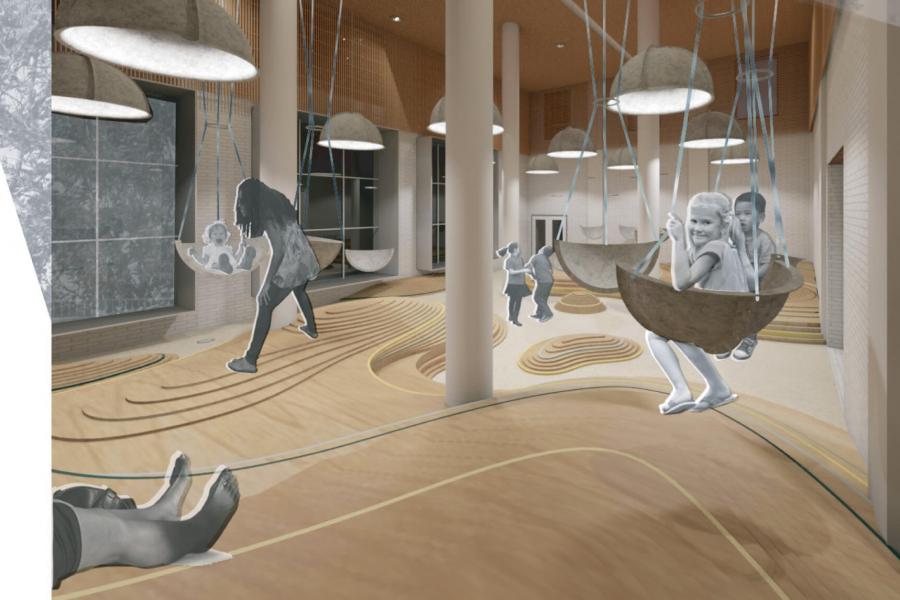
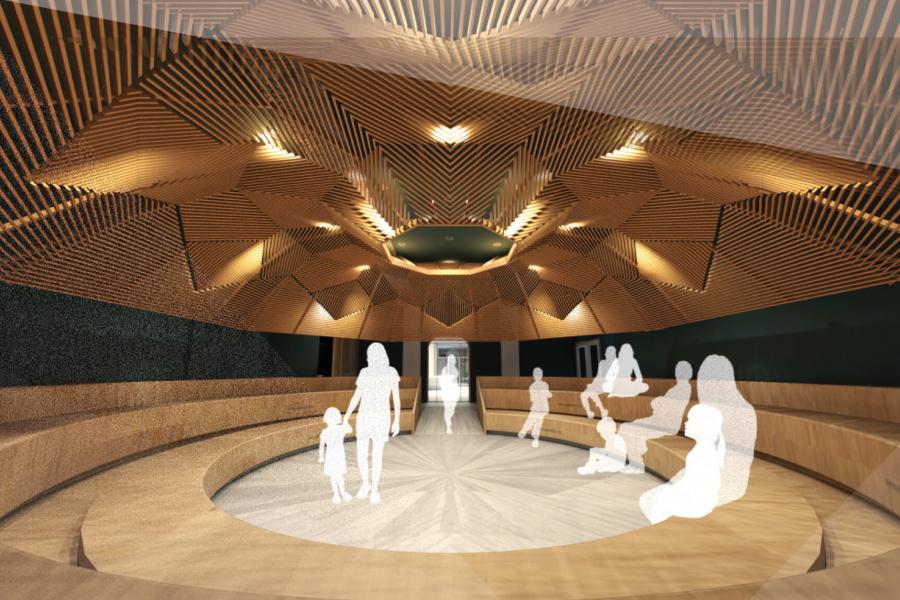
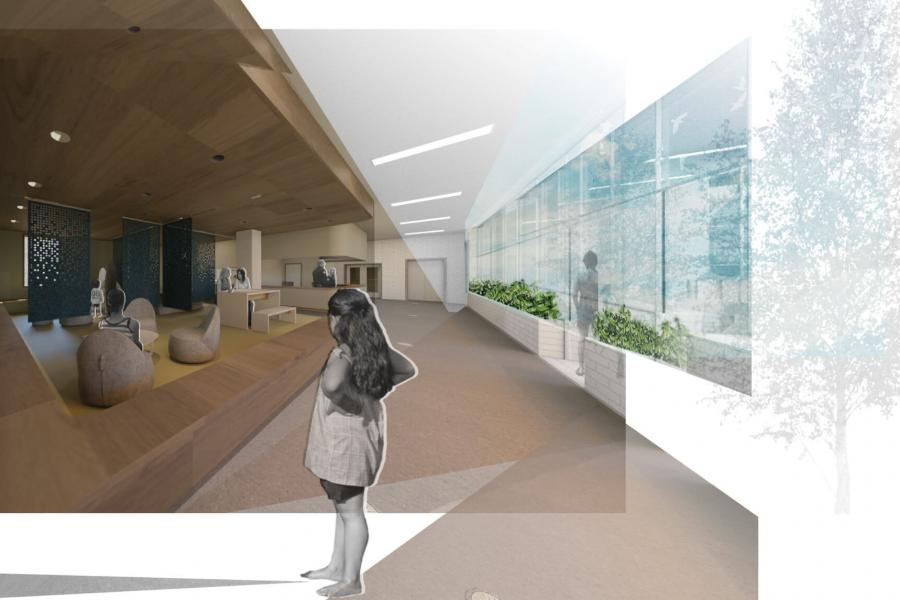
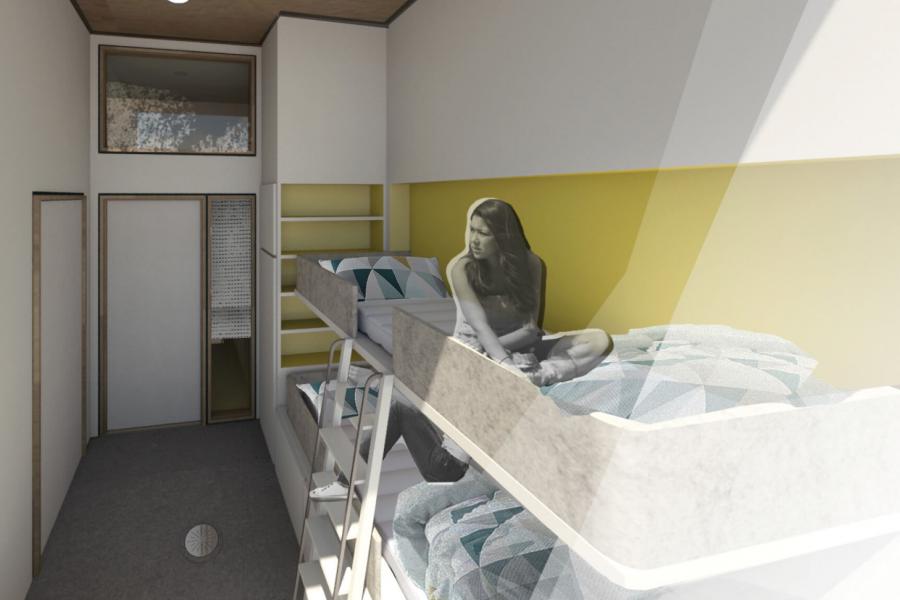
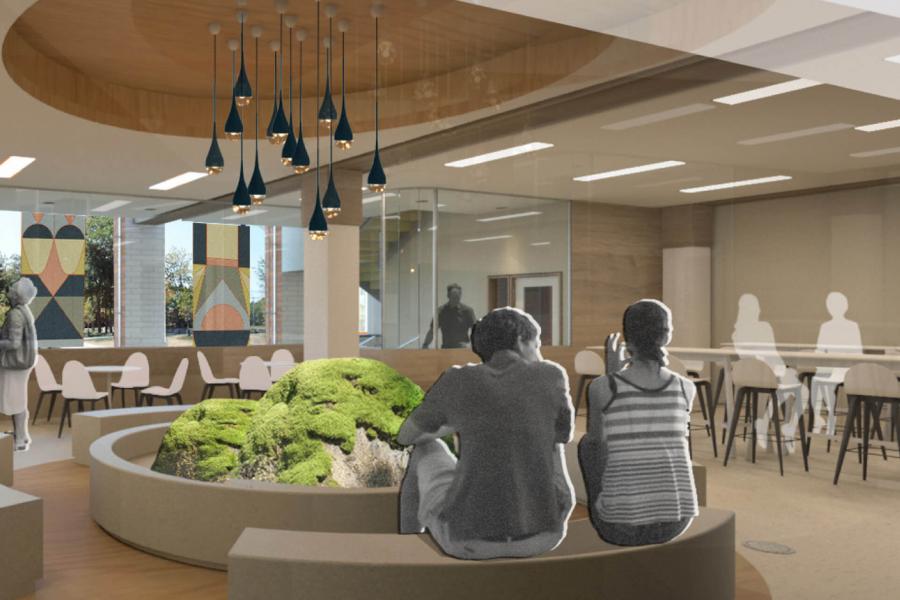
This practicum presents the design of a new federal prison typology for women. The primary intention has been to identify and address, from the perspective of interior design, the challenges that federally sentenced women (FSW) in Canada face with incarceration, rehabilitation, and reintegration into the community upon release. Research supports the position that treatment for incarcerated women is primarily hindered by their removal and isolation from society, as well as numerous spatial attributes common to prisons. This model focuses on rehabilitation through the building of strong, healthy relationships, ties to the outside community, programming that fosters successful reintegration, and supportive interior design that facilitates the well-being of those within the space.
Located in a multi-cultural, mixed-use neighbourhood in Toronto’s west end, the building situated on the edge of a popular park opens itself up for partial use by the surrounding community, with services offered by the women living at the centre. Those FSW attending the program are provided with a safe and supportive space where they can live out the duration of their sentence with their young children. Here, they are provided with access to a variety of treatments and services that will help to facilitate rehabilitation. It has been my goal to create the opportunity for a symbiotic relationship to occur between the centre and surrounding community: while the latter gains amenities and revival of a piece of the neighbourhood’s unique history, FSW benefit from their inclusion in the community through the establishment of healthy support systems, increased self-esteem, and development of employable skills. Furthermore, a positive relationship such as this creates potential to reduce the stigma of incarceration.
